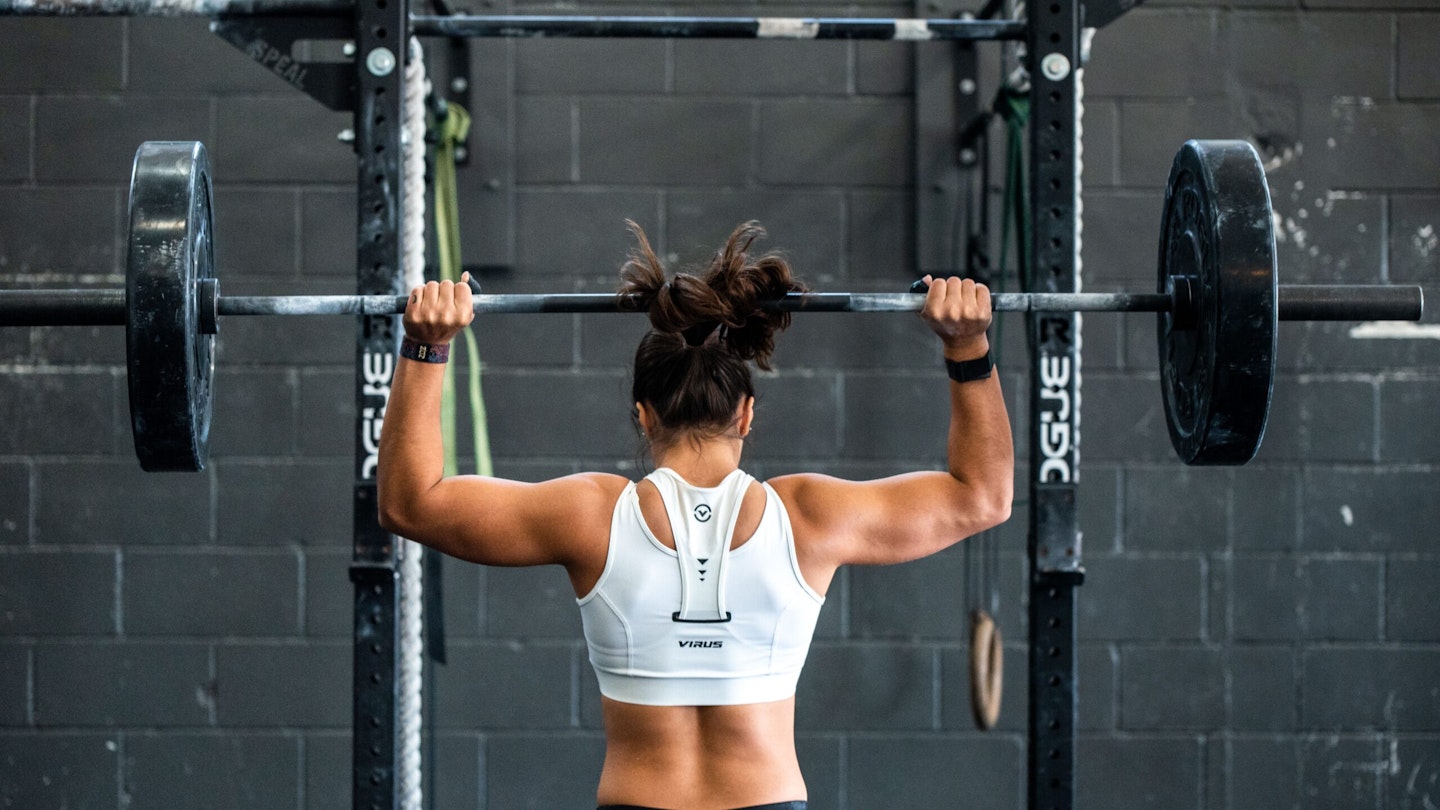Let’s set the scene – you’ve just started at the gym and been getting to grips with weightlifting. You can officially differentiate between a barbell, a dumbbell, and an EZ bar, you're taking the right supplements for your diet, but now you’re hearing the word hypertrophy being thrown around. Fear not, because, like most fancy words and terminology, a rational explanation is never too far away.
So, what is hypertrophy?
Well, if you’re already an intermediate gym-goer then the chances are, you’re already putting hypertrophy into motion. Hypertrophy is the biological state in which your body increases muscle size. It is the forced development of muscle cells, whereby putting your muscles through excessive (but safe) stress damages small muscle fibres, forcing them to repair stronger and larger.
Hypertrophy and progressive overload

Hypertrophy and progressive overload go hand in hand. Progressive overload is the weight training method where you gradually increase the weight and/or the intensity of exercises over time. As the name suggests, you are progressively overloading your muscles to encourage, yes, you guessed it - hypertrophy.
Assuming you’ve structured a consistent workout regime, there are a few ways you can be sure you’re progressively overloading and inducing hypertrophy.
Tracking your progress
Even though you may not specifically train for strength as an end goal, working to be stronger is a big part of progressive overload and muscle growth. You need to be trained to lift as heavy a weight as possible while maintaining correct form within a certain rep range – this can range from three to 15 or more, depending on the exercise.
Let’s say your rep range is 6-10; you might initially only be able to manage six reps. But, over time, you’ll eventually get stronger and find 10 reps to be as easy as eight once was. At this point, it would be the appropriate time to up the weight so that, yet again, you can only manage the minimum. Then, the cycle just repeats, and you get stronger.
Training to (or close to) failure
Training to the point, or within one to two reps, of muscular failure is also important for progressive overload and hypertrophy. It is towards the point of failure where most of the damage to the muscle fibres is done. The experienced lifter will actually be able to feel this in the muscle in real-time. If you match up the weight, rep range, and point of failure, you’re well into progressive overload territory, and thus hypertrophy occurs.

Nutrition and rest
It’s worth remembering that gaining muscle is a multi-layered venture. There's the weight training, and rest and nutrition are just as important.
Rest is crucial for muscle growth, allowing tissues to repair and strengthen. Adequate rest promotes hormone balance, reduces fatigue, and prevents overtraining, ensuring optimal muscle recovery and development conditions.
When it comes to food, gaining muscle requires being in a calorie surplus and hitting a minimum daily protein intake. According to the American College of Sports Medicine, you should eat 0.5-0.8 grams of protein per pound of body weight to build muscle.
Regarding the calorie surplus, this just means eating over your body’s required maintenance calories. You can work out your maintenance calories and how much you should be consuming in order to either gain or lose weight with a caloric calculator like the one at calculator.net.
According to Healthline, a typical calorie surplus with the desired outcome of muscle gain will be around 350-500 calories over your maintenance. Of course, it’s very important to hit your protein goal and continue training to high intensity if these calories go to the right place. Read up on What's the Best's take on the greatest protein sources.
Common questions
How to train for hypertrophy
If you want to put your body and specific muscle groups into a state of hypertrophy, you must consistently train for strength and progressive overload. Hypertrophy involves damaging the small muscle fibres so that they can repair, you can only do this by weightlifting for long periods to a high intensity.
How many reps for muscle hypertrophy?
The topic of the best repetition range for muscle growth is a long debated one to say the least. There is still back and forth on the subject to this day. The National Institute of Health states that you should aim for 8-12 reps for hypertrophy. The 1-5 rep range would best suit strength training, while over 15 would be for endurance. Read up on the study here.
How many sets for hypertrophy?
Structuring a workout is vital, especially if hypertrophy and stimulating muscle growth is on the agenda. Choosing the right number of working sets will play a big part in this. NASM found that 3-5 sets per exercise is the sweet spot. You can read up more from NASM about how to structure an effective workout here.
Jack Barrell is a Tech and Fitness Writer for What’s the Best. He is invested in all things entertainment and keeps well up to date with the latest sports and exercise trends too. On his off days Jack can usually be found doing one of two things; lifting heavy weights – or watching his favourite Star Wars for the thousandth time.
